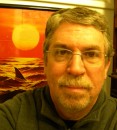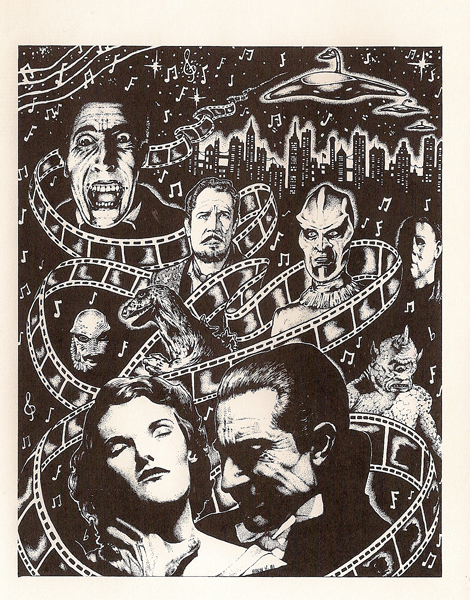July 7, 2020
Christopher Young: Rejoining Sam Raimi in 50 STATES OF FRIGHT
Interview by Randall D. Larson
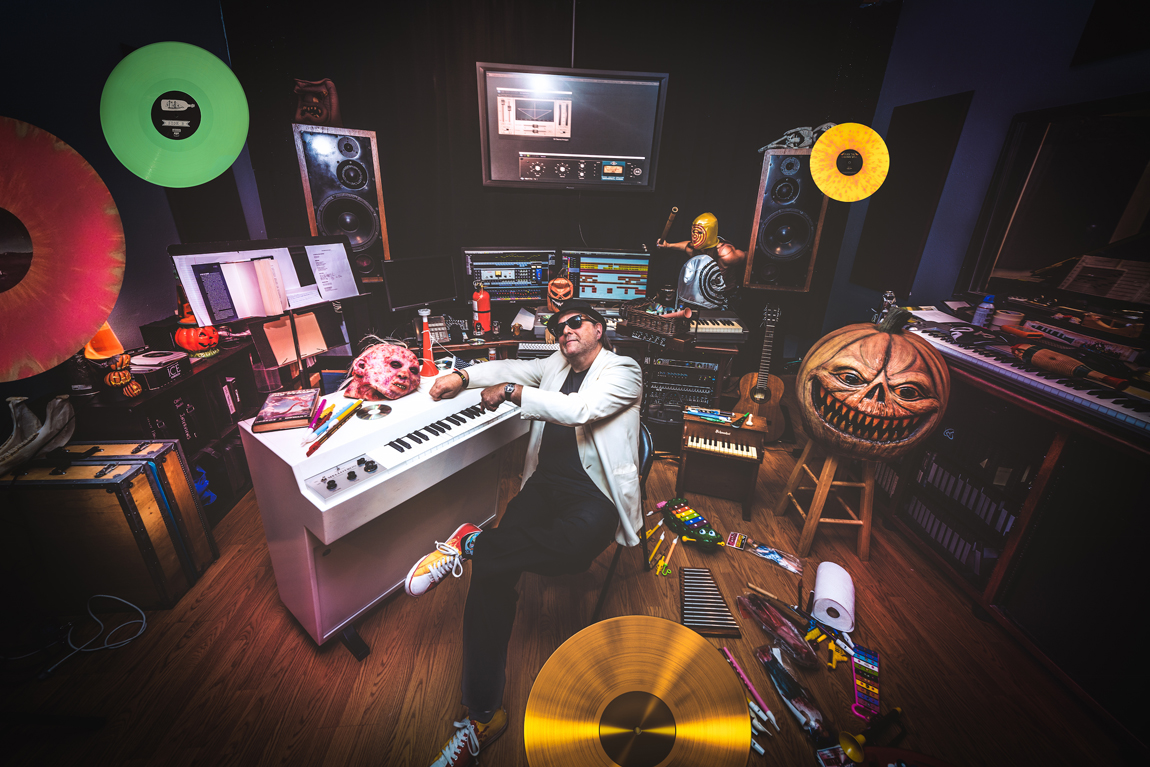
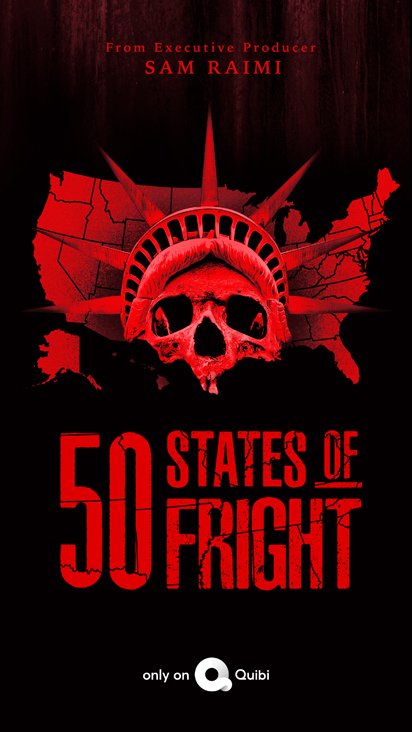 Composer Christopher Young (HELLRAISER, SPIDER-MAN 3, PET SEMATARY, THE MONKEY KING) has reteamed with director Sam Raimi (SPIDER-MAN, DRAG ME TO HELL, EVIL DEAD) for the new Quibi original series, 50 STATES OF FRIGHT, which marks the eighth collaboration in 20 years between Raimi and Young. The horror anthology series, executive produced by Raimi, explores stories based on urban legends from different places in the United States, taking viewers deeper into the horrors that lurk just beneath the surface. Young wrote the original main title music and scored the Raimi-directed first episode,“The Golden Arm,” which features Rachel Brosnahan (THE MARVELOUS MRS. MAISEL) as a Michigan woman who loses her arm in a tree accident and has it replaced by a golden appendage. She becomes obsessed with her glittering gold arm, even as it is oxidation is slowly killing her. She requests to be buried with the arm. After her death, her husband Dave (Travis Fimmel) retrieves the arm from her grave in order to sell it to pay off his debts, but new horrors are quickly unleashed.
Composer Christopher Young (HELLRAISER, SPIDER-MAN 3, PET SEMATARY, THE MONKEY KING) has reteamed with director Sam Raimi (SPIDER-MAN, DRAG ME TO HELL, EVIL DEAD) for the new Quibi original series, 50 STATES OF FRIGHT, which marks the eighth collaboration in 20 years between Raimi and Young. The horror anthology series, executive produced by Raimi, explores stories based on urban legends from different places in the United States, taking viewers deeper into the horrors that lurk just beneath the surface. Young wrote the original main title music and scored the Raimi-directed first episode,“The Golden Arm,” which features Rachel Brosnahan (THE MARVELOUS MRS. MAISEL) as a Michigan woman who loses her arm in a tree accident and has it replaced by a golden appendage. She becomes obsessed with her glittering gold arm, even as it is oxidation is slowly killing her. She requests to be buried with the arm. After her death, her husband Dave (Travis Fimmel) retrieves the arm from her grave in order to sell it to pay off his debts, but new horrors are quickly unleashed.
Beware: spoilers to follow.
Q: How did you reconnect with Sam Raimi and become involved in the 50 STAGES OF FRIGHT series?
Christopher Young: We hadn’t worked together since DRAG ME TO HELL in 2009. But one day he called and said “I’ve got this new short, I’d love for you to come take a peek at it.” What was fascinating is that he sat in the room with me while I watched it for the first time. Usually the directors will leave you alone, but fortunately I was so moved by it and so excited, he was able to see that my reaction was entirely genuine. So it was a great re-bonding experience for us, again, since we hadn’t collaborated in more than ten years.
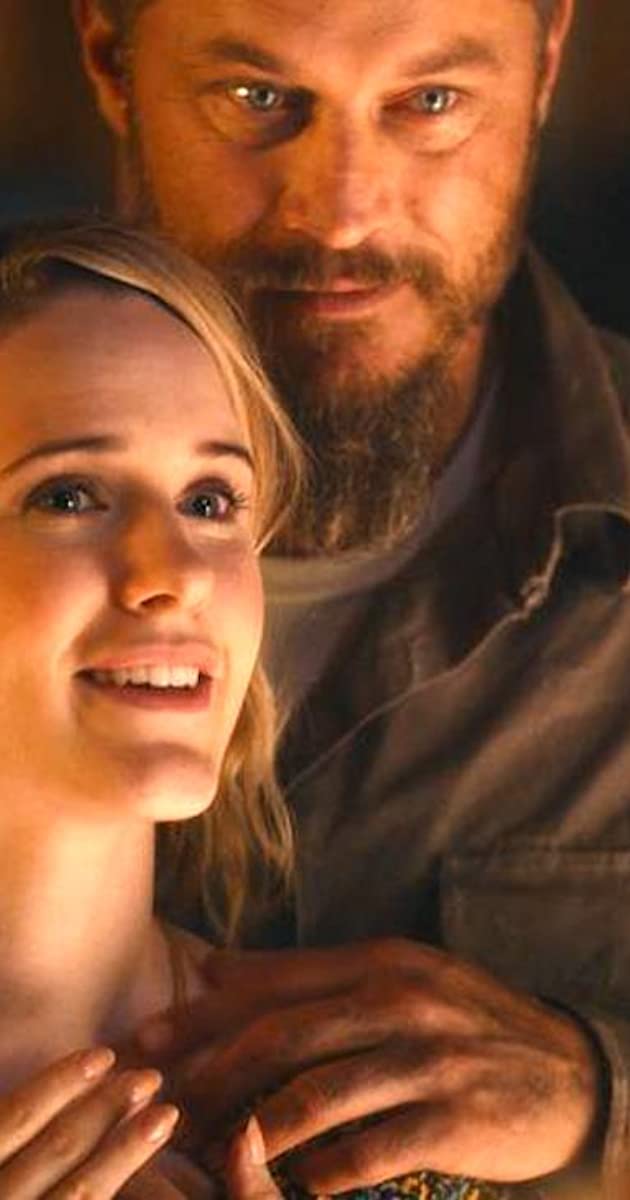
Q: How did you come up with the opening theme for the show?
Christopher Young: That was one of three that I came up with. I’ve learned that the best way to do get approval on a theme is to offer the director not one theme option, but to give them choices. So I came up with three entirely different approaches, and Sam picked the one he liked the best. How did I come up with that? I have no idea! But I saw the clip and after he described what the series was going to be about, it just popped into my head. He liked my idea of using guitars—I wanted to start the music by creating a kind of rural feeling, about a guy out in the woods. This episode takes place in the farm area of Michigan. I think he was attracted to that theme because it gave it a sense of location.
Q: And then out of that comes these deeply aggressive electronic chords…
Christopher Young: The electronic thing was extremely important—especially later in the episode itself when things start going south and she comes back to life. That’s when the electronics take over. But, as you know, one of my main rules in doing the electronic thing is to try and avoid, if at all possible, factory sample libraries. I’d rather create my own electronic elements by manipulating recorded acoustic instruments. That’s been with me since the beginning of time and that hasn’t changed.
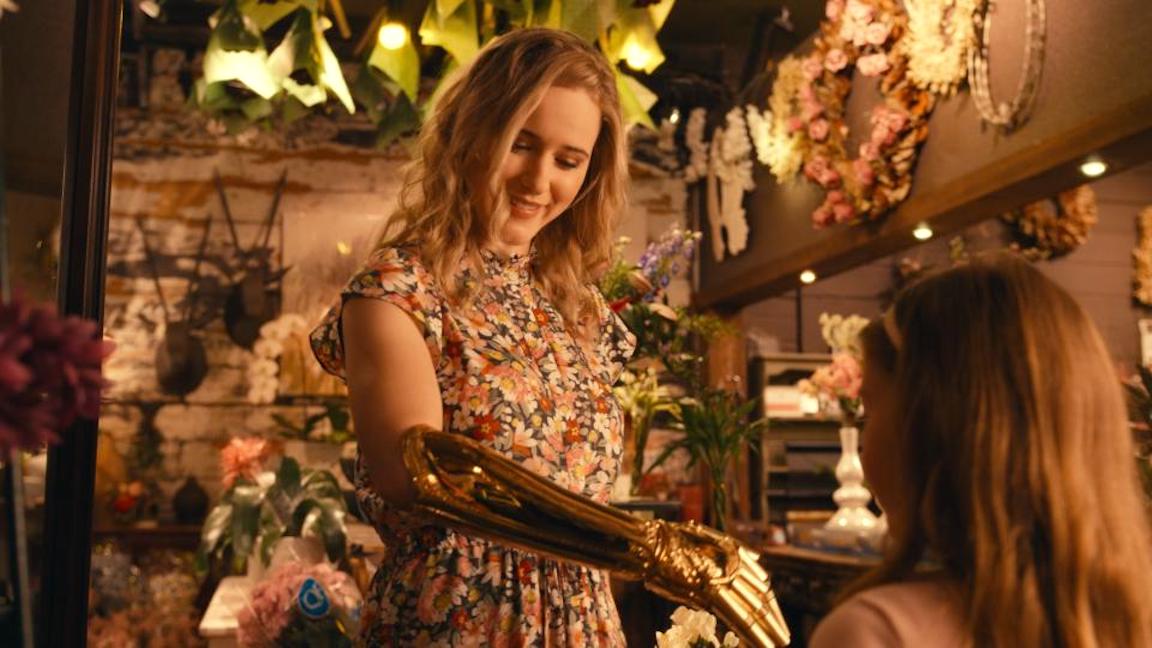
Q: I remember that from INVADERS FROM MARS, especially.
Christopher Young: That’s right, and even back to HELLRAISER. That was probably the first one to have electronic moments, for the Cenobites. It was about this process of recording instruments and then manipulating them, and that still holds true today, although differently.
Q: How did you come up with your lovely theme for Heather?
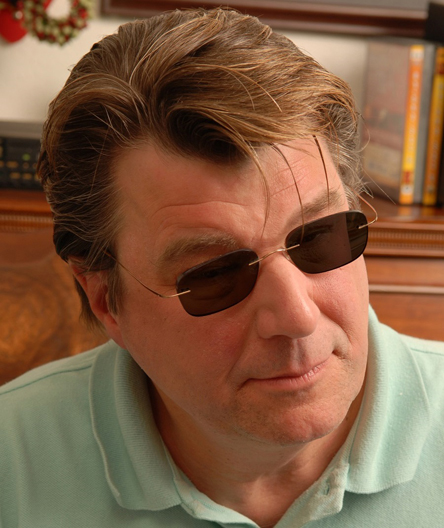 Christopher Young: As I did with the series’ theme, I’d proposed to Sam three different themes for her. He wanted everything to be tied into a theme, and I remember him liking that tune. One thing I love about Sam when he says he wants a tune he means he wants a tune! It’s a kind of princess-like romantic theme, written for Heather and her imaginary kingdom of being this beautiful woman in a small town, and the couple’s everlasting love for each other. That’s presented on the piano with a normal string accompaniment—but then, when she loses her arm and when she’s looking at herself in the mirror afterwards, we have that same piano theme but now there’s something wrong with it. That’s where I start manipulating the piano; twisted and turning it in a similar fashion to what I’d done with the instruments back in the INVADERS FROM MARS days.
Christopher Young: As I did with the series’ theme, I’d proposed to Sam three different themes for her. He wanted everything to be tied into a theme, and I remember him liking that tune. One thing I love about Sam when he says he wants a tune he means he wants a tune! It’s a kind of princess-like romantic theme, written for Heather and her imaginary kingdom of being this beautiful woman in a small town, and the couple’s everlasting love for each other. That’s presented on the piano with a normal string accompaniment—but then, when she loses her arm and when she’s looking at herself in the mirror afterwards, we have that same piano theme but now there’s something wrong with it. That’s where I start manipulating the piano; twisted and turning it in a similar fashion to what I’d done with the instruments back in the INVADERS FROM MARS days.
Q: There’s a cool semi-diegetic moment in the episode after Heather’s death where a despondent Dave is noodling on a piano and it becomes her theme as he decides he must retrieve the golden arm…
Christopher Young: That’s right. Her theme appears through a piano at the very beginning of the show when we’re first introduced to her with a string orchestra accompaniment, and then after she loses her arm and feels like she’s no longer the princess that she wanted to be—and everything is twisting and turning inside her head—that piano theme comes back as a solo piano melody, but it’s a messed up piano now. Of course, as we get further into the nightmare of it all, the piano motif really starts to meld. So in that scene where he’s sitting at the piano, we can see his right hand playing some notes on the keyboard, and I had to follow what his fingers were doing across the keys.
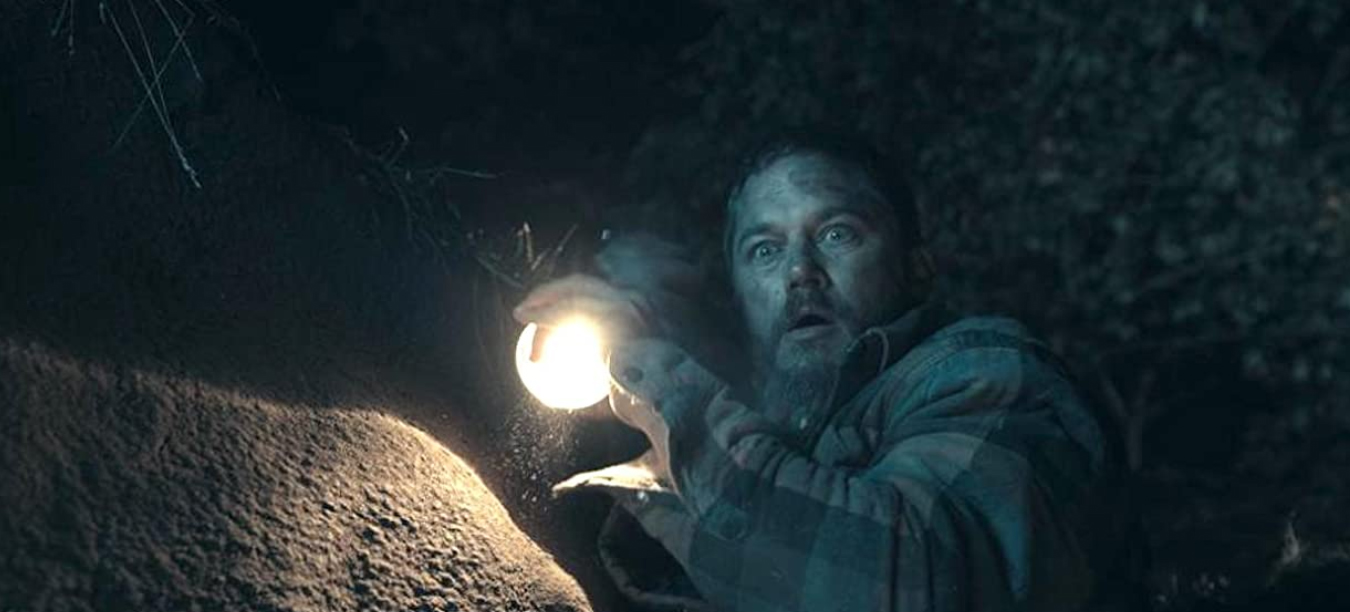
In terms of the timbre of the piano, that took some doing. The piano I have at my office is a baby grand. That’s no baby grand he’s playing—it’s an old upright! Sam had recorded him fingering the keys on the piano, so we had that as a reference for the sonority of that piano. I’d gone out and sampled a lot of upright pianos over the years, so I had my own sample, and I presented to Sam three different piano sample options, from real pianos. So the sound of the piano he’s playing was an ensemble effort. He doesn’t play the tune of Heather’s theme, he just arpeggiates some notes. Once we no longer see what notes his fingers are dithering with on the piano—he actually gets up and walks away from it—that’s when we bring her theme back in. So everything that he does at the piano is intended to set up when the tune comes in. So once he walks away from the upright piano, that’s when I brought in the actual melody of Heather’s theme as it begins to distort and reflect his state of mind.
Q: Without giving away your personal tricks of the trade, how would you describe your creation of the more disturbing, horrific electronic music, which augments the story after he’s retrieved the golden arm but is afraid she’s coming back for it?
Christopher Young: I used to experiment a lot, but what I do when I get on a picture now, if there’s enough time, I’ll begin by exploring different sounds. The library of sounds that I created for “The Golden Arm” is far more involved than what’s actually heard in the episode; I can’t remember all of the sounds—some were in the movie and some were not; but I can simply say that every single one of them is acoustic. A lot of them are piano-based. Because the theme is played on the piano, a lot of the weirdness is found in different ways of attacking the piano and then manipulating it, playing it slow, backwards, with different reverbs, different mikings. Some of the eerie, fa-fa-fa-fa sounds, were left over from recordings that I’d done locally, going down to the Santa Monica Pier amusement park and recording the sounds of the machines and then manipulating them. I have a massive amount of recorded percussion sounds in my office, and it’s a matter of me getting ideas of what the sounds should be and then working with my guys to help shape the sound into something that no longer identifies it with its actual source.
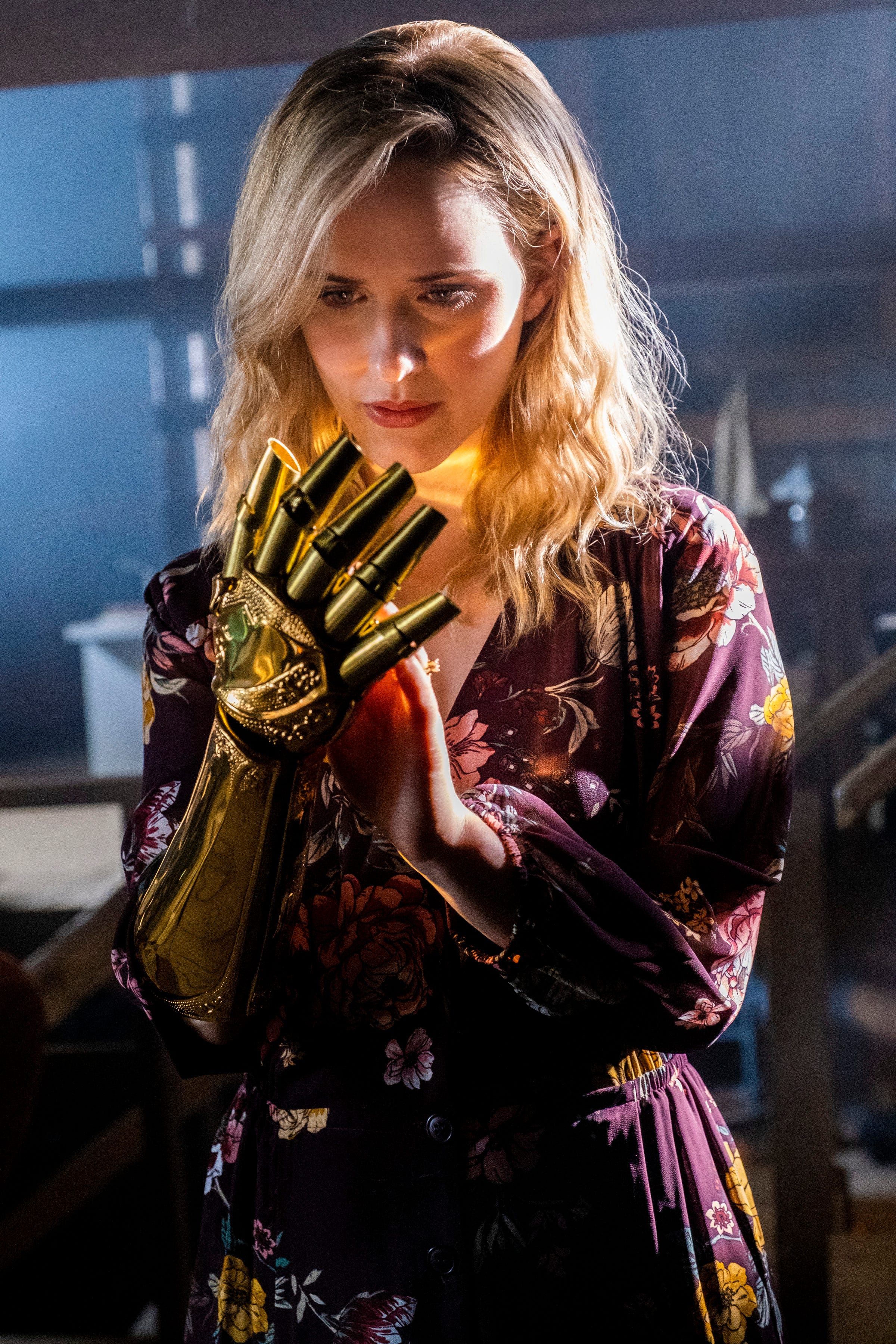 Q: By creating something that is uniquely your own rather than out of a box, it really gives the music its unique identity, while also providing the episode’s climax with a powerful sense of growing dread and finally horror.
Q: By creating something that is uniquely your own rather than out of a box, it really gives the music its unique identity, while also providing the episode’s climax with a powerful sense of growing dread and finally horror.
Christopher Young: I appreciate that, Randall. I’d like to think that what I’m trying to do with electronics is different than the normal stuff that’s going on. My interest in electronics dates back to the ‘60s when I was listening to Stockhausen and Berio and those classical guys, and a lot of those concepts I’ve retained. Although what I do now is not what they do, I use a lot of the techniques that they used, in terms of ways of manipulating sounds. That it’s all acoustic is also attributed to what they did. I tend to stay away from drones—I try not to have long, extended pedals. I like to think of each sound as an instrument; each sound is meant to function as if it was part of a chamber group of very weird instruments. Each one enters and it can’t hang there for too long, because like a wind player or a brass player, when you run out of air you run out of air! I construct it as if it were real live music.
Q: This is your first opportunity scoring an episodic TV series, or at least one episode thereof, so far. How did you find that experience as opposed to your wealth of familiarity on feature films? What was different or more challenging about scoring this shorter medium?
Christopher Young: It was absolutely wonderful—because you have to tell your story in a much more succinct and clear manner. When you’ve got ninety minutes in a feature film, you can tell your story over a much broader canvas. Here, the clock is ticking and whatever you’re going to say you’d better say and be done with it. So I absolutely adored that challenge. I would love to get more involve in episode television. As we know, there’s an endless amount of mind-disturbing shows that I would fall right into pretty successfully.
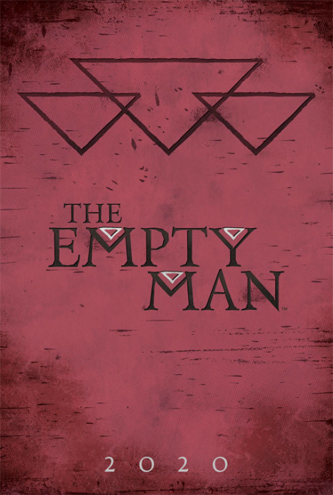 Q: Your next feature film is horror film called THE EMPTY MAN. What can you tell me about that project?
Q: Your next feature film is horror film called THE EMPTY MAN. What can you tell me about that project?
Christopher Young: That’s supposed to come out next month. The director, David Prior, was a fan of mine; I met him at one of these signing events, and he said to me “Should I ever get the opportunity to direct a movie, you’re the guy I’m going to go to!” I’ve been fortunate to have a lot of young directors say that to me—some of them do come through, and David definitely did. The score is kind of like the electronics you’re hearing on “The Golden Arm” only a little bit weirder! It’s fairly transparent, with all new sounds, and I would like to think the sounds are special. I did collaborate with a gentleman named Lustmord, who is big in the dark industrial world, he was like a pioneer in that musical genre. He did a chunk of the score but I did the majority of it. There’s very little orchestra, and that doesn’t really make its appearance until the conclusion of the movie, and when it comes in, it really comes in! It’s like an elegy for strings and choir. I’m really excited about that, and I like the tune that I used to close the show with. We just putting together the finishing touches on a digital soundtrack, which will be available, I believe, through Hollywood Records.
Special thanks to Lana Ley and Ray Costa of Costa Communications for facilitating this interview, and to Christopher Young for the generosity of his time, friendship, and perspective.
Watch the trailer for 50 STATES OF FRIGHT:
https://youtu.be/yvSnlU6O6N0



